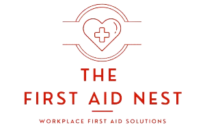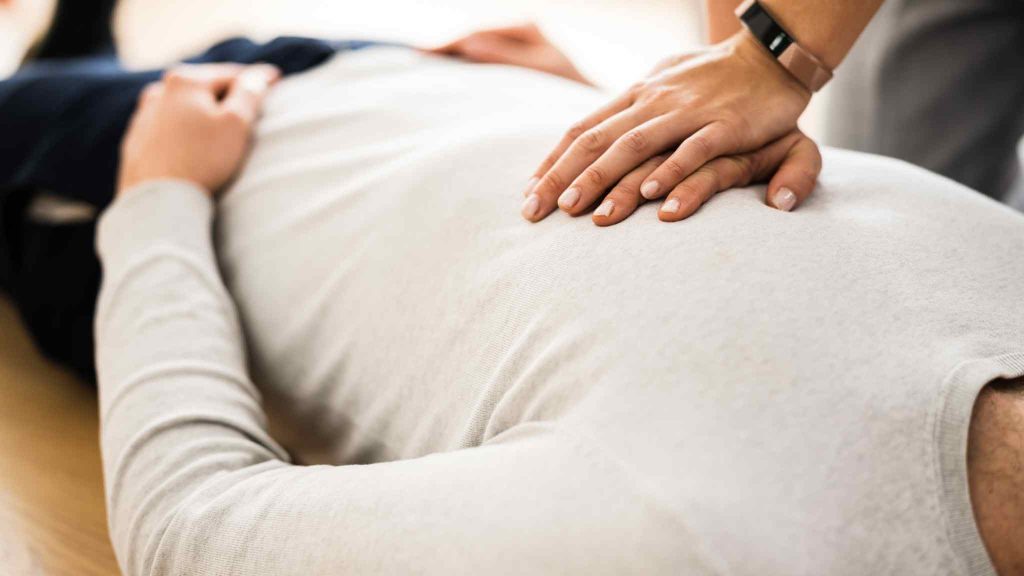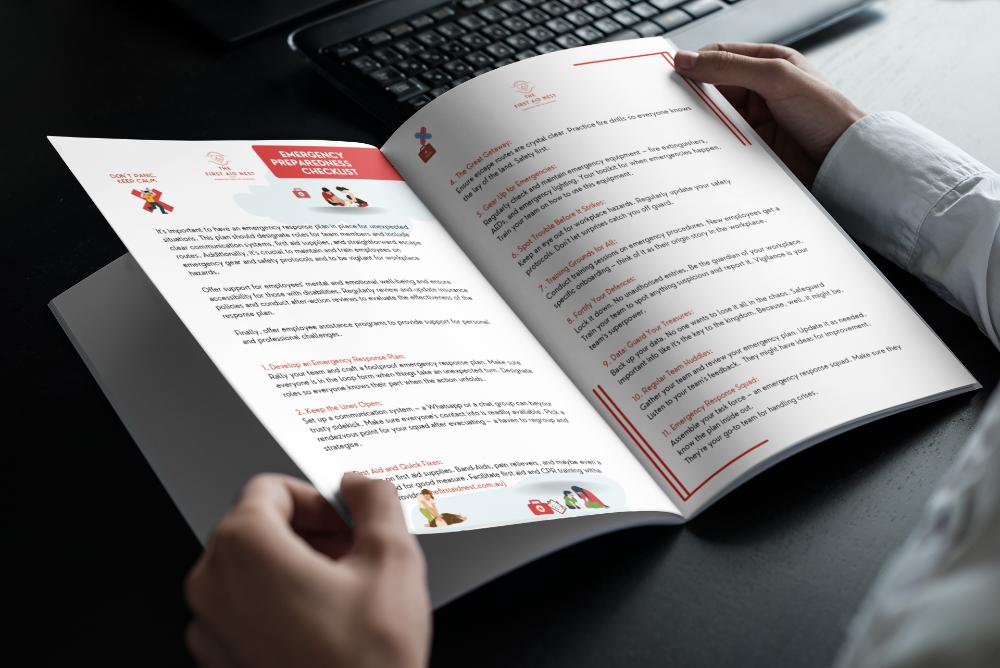How To Perform CPR On An Adult
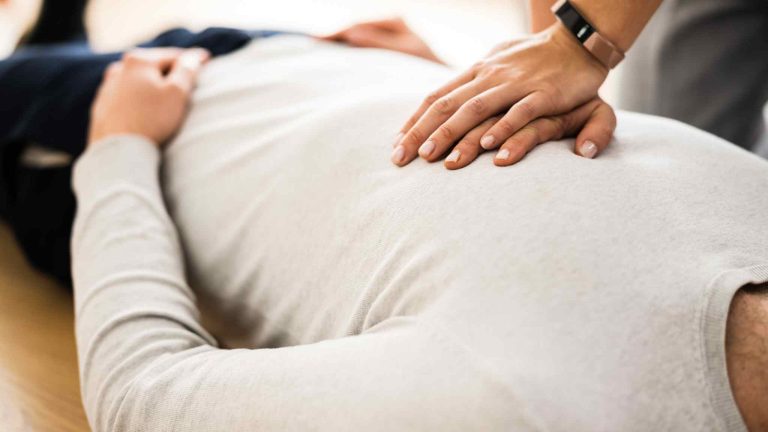
CPR is a skill that anyone can learn. As we have seen on the news recently, a cardiac event or an accident where someone stops breathing, can happen to anyone, any time and anywhere.
Which begs the question, have you had CPR training or a first aid refresher course?
One of the most common reasons to perform CPR would be a sudden cardiac arrest. This is when there is a sudden loss of the electrical current in the heart. It stops the pumping action whic in turn stops the blood flow to all of the vital organs in the body.
In this instance, an immediate first aid response of cardiopulmonary resuscitation and defibrillation is essential to save the life of the affected casualty.Otherwise the risk of death is high.
DRSABCD Action Plan
Before staring CPR, you will need to go through DRSABCD so that you can be confident on your next move.
DRSABCD is:
Check Danger
Check Response
Send for help
Check the Airway
Check Breathing
Start CPR
Attach Defibrillator
Time is not on your side with a sudden cardiac arrest. The lack of oxygen rich blood flow can cause brain damage in a matter of minutes, if the casualty even survives.
This is why you may see defibrillators now in more public places.
- Signs of a sudden cardiac arrest
- Collapse
- Loss of colour
- No pulse
- Not breathing
- Unconscious
This is different to a heart attack. A heart attack is when there is a blockage somewhere in the heart.
How to Perform CPR
CPR must be performed on the floor, on a hard surface. This is to allow the compressions to be effective. If the casualty is on a soft surface, the whole body with move down with the compression, causing the CPR to be less effective.
CPR should be performed up on your knees so that your body leand over the top ofthe casualty. This enables you to use more strength
For an adult you should use two hands, one on top of the other and with the fingers interlaced, placed in the middle of the chest, between the nipples.
How Many Compressions in CPR?
30 chest compressions should be performed, pressing down to around ⅓ of the depth of the chest at a rate of 2 compressions per second. The chest compressions should be short and sharp but allow the chest to rise all the way back up with each compression before continuing.
After 30 compressions, 2 rescue breaths should be performed if the rescuer is wiling and able. If you are not trained or not able to deliver rescue breaths, just continue chest compressions. Our first aid classes teach you exactly what to do in this kind of emergency.
If you come across a stranger that needs CPR and they have vomited, you may not want to perform rescue breaths as you could be putting yourself at risk.
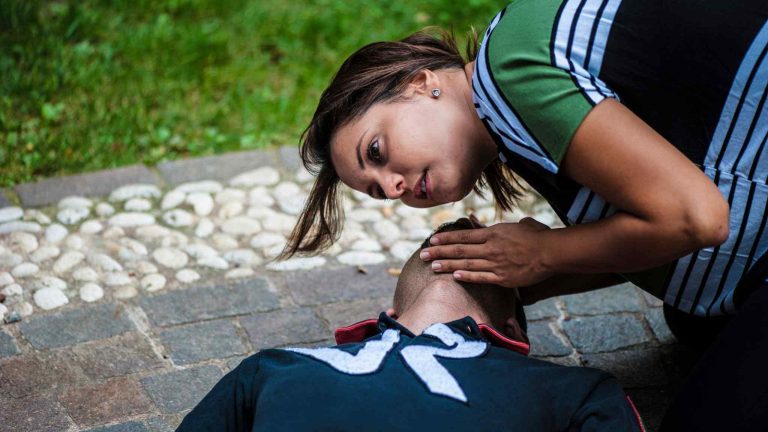
Rescue breaths should be performed by tilting the casualties chin up to open the airway. The nose should be pinched shut with your thumb and forefinger. Place your mouth around the victims mouth creating a good seal. Blow in the mouth for 1-2 seconds util you see chest rise.
Continue with either 30 compressions and 2 rescue breaths or just continuous chest compressions until the casualty recovers, you become exhausted or emergency services arrives.
If you happen to be in a public venue when emergency strikes, there may be access to a defibrillator. Defibrillators are used all over the world and some are designed to be able to be used by anyone, regardless of their training or experience. Defibrillators are commonly called AED’s which stands for Automated Defibrillation.
A defibrillator or defib as it is commonly called, delivers a shock or a pulse to the heart to restart the normal heart rhythm. They might also be used to correct heart conditions such as atrial fibrillation as well as in an emergency like cardiac arrest.
There are some studies that show access to a AED may double the chances of survival for a casualty of cardiac arrest and they can eliver between 200 – 1000 volts!
When retrieving an AED in the event of an emergency, undo the pack and take out the defib and the pads.
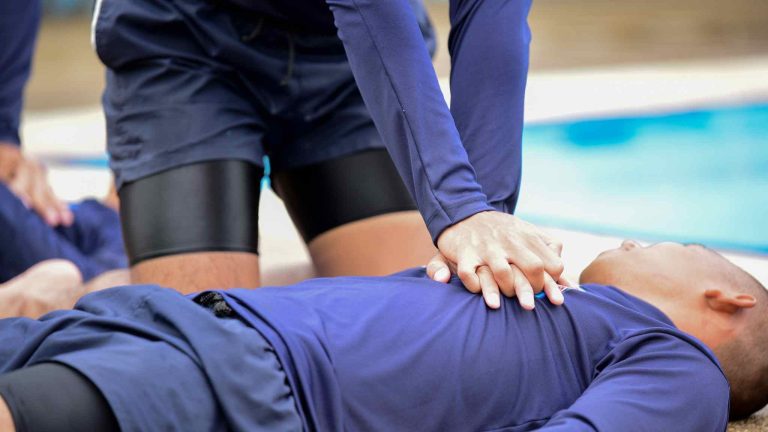
Apply the pads to the adults chest as shown in the picture on the back of the pads, and make sure the chest is dry.
Turn on the AED and listen for instruction. The AED will monitor the heart and tell you whether there needs to be a shock administered.
Want more? We’ve got you covered…
Our Baby First Aid Courses
Our baby first aid courses are available in person in your home and online. We run classes in your home with groups of 2, 4 or up to 10 in Sydney & Melbourne and you can book in 3 easy steps!
- Pick your class
- Follow the prompts to purchase
- We will contact you within 24 hours to lock in your date of choice
Our First Aid Certificate Courses
We run most of the popular first aid courses Australia wide. HLTAID011 Provide First Aid, HLTAID009 Provide CPR, HLTAID012 Provide First Aid in an Education & Care Setting, RAMOAP (anaphylaxis), Mental Health first aid and CPR/LVR to name a few.
Book your public spot online or contact us if you have a group of 5+ people for onsite training.
Here are some other resources you may enjoy!
FREE GUIDE: Your Virtual Baby First Aid Kit
FREE GUIDE: Introducing Common Allergy Foods & Allergic Reactions
FREE Workplace Emergency Preparedness Plan: Grab this at the bottom of every page!
Follow for baby & child first aid and allergy info and tips on Instagram, TikTok & Facebook all @thenestcpr
